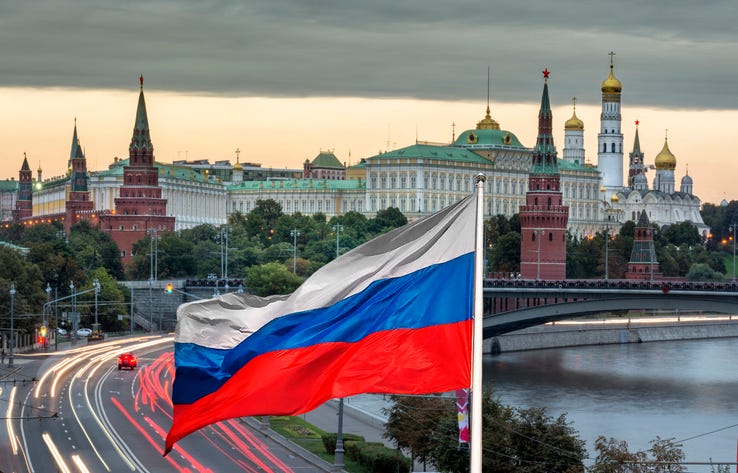A Russia Without Russians? Putin’s Disastrous Demographics
Putin has turned a daunting crisis into a cataclysm.
by Harley Balzer
The Atlantic Council
August 7, 2024
Russia’s future will be characterized by a smaller population. Russian President Vladimir Putin’s war has virtually guaranteed that for generations to come, Russia’s population will be not only smaller, but also older, more fragile, and less well-educated.
It will also be ethnically less Russian and more religiously diverse. While some might view diversity as a strength, many Russians do not see it this way. In a world with hordes of people on the move to escape war, persecution, poverty, and the increasing impact of climate change, xenophobic political rhetoric sells well.
Putin has spoken frequently about Russia’s demographic problems, beginning in his first months as president. Despite spending trillions of rubles on high-profile “national projects” to remedy the situation, population decline continued. Putin’s choice of timing for military aggression in Ukraine might have reflected an understanding that Russia’s demographic (and economic) situation would not improve in the next two decades. However, the war is turning a growing crisis into a catastrophe.
The demographic consequences from the Russian war against Ukraine, like those from World War II and the health, birth rate and life expectancy impact from Russia’s protracted transition in the 1990s, will echo for generations. Russia’s population will decline for the rest of the twenty-first century, and ethnic Russians will be a smaller proportion of that population. The ethnic and religious groups that embrace the “traditional family values” Putin favors are predominantly non-Russian.
United Nations scenarios project Russia’s population in 2100 to be between 74 million and 112 million compared with the current 146 million. The most recent UN projections are for the world’s population to decline by about 20 percent by 2100. The estimate for Russia is a decline of as much as 50 percent.
While Russia is hardly unique in facing declining birth rates and an aging population, high adult mortality, and infertility among both men and women, increasingly limited immigration and continuing brain drain make Russia’s situation particularly challenging. Population size is determined by a combination of natural factors — birth rates and life expectancy, along with the emigration-immigration balance.
Putin’s war on Ukraine has undermined every potential source of population growth.
There have been four important inflection points in demography policy since Putin became president. The first came in 2006, when Putin’s rhetoric about demography finally resulted in specific policies: demography was one of the first four national projects he launched at that time. The second significant change came following Russia’s annexation of Crimea in 2014. The reaction to that aggression in Ukraine, Moldova, and other former Soviet republics narrowed the number of countries providing labor to Russia.
A third key moment was the Crocus City Hall terrorist attack near Moscow in March 2024. Tajiks made up half of the immigrants to Russia in 2023, but that has become politically problematic in the aftermath of the Crocus attack. The most recent policy shifts accompanied the formation of a new government in May 2024. Initial reports promise a long-term approach that perhaps begins to recognize Russia’s new demographic reality. It comes too late, and the measures proposed fail to offer new solutions.
The paper begins with a summary of the demographic problems the Russian Federation inherited from the Soviet Union and its ineffective initial response. The second section reviews the deteriorating situation after 2013. The third section focuses on ways Russia’s full-scale war against Ukraine is exacerbating all of these challenges. The conclusion suggests what impact population decline will have on Russia’s future.



